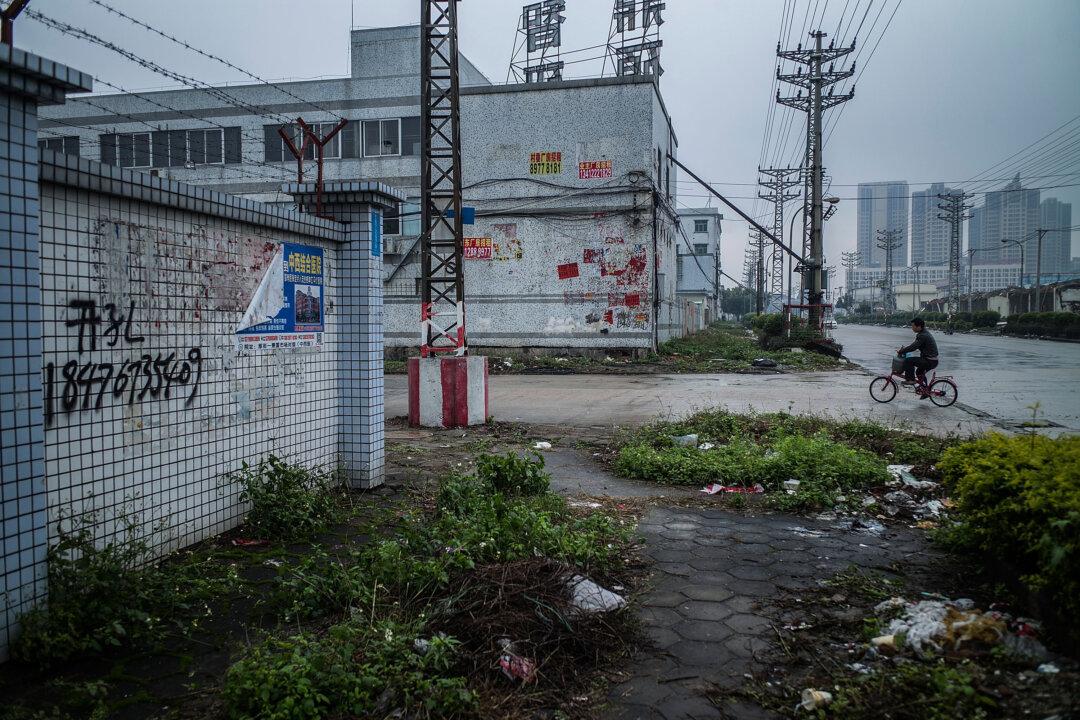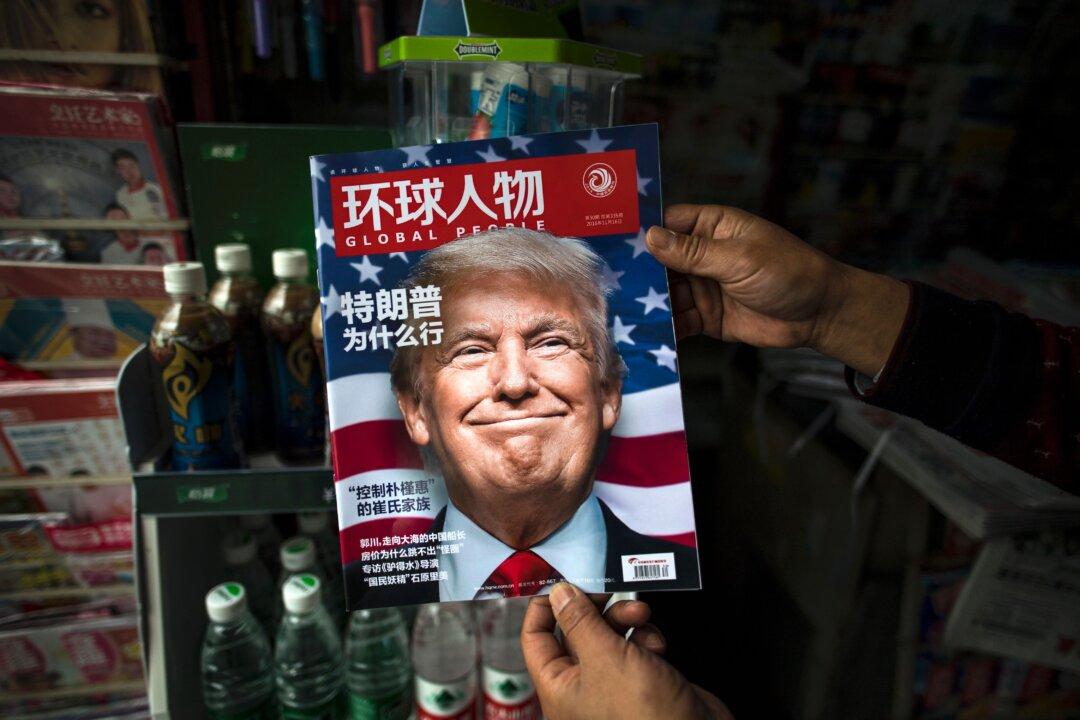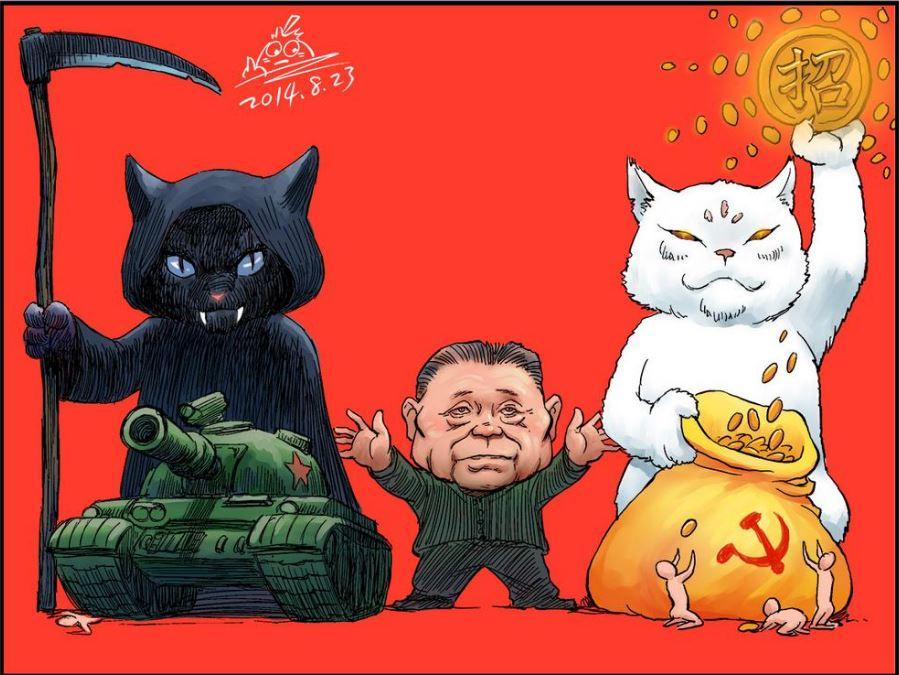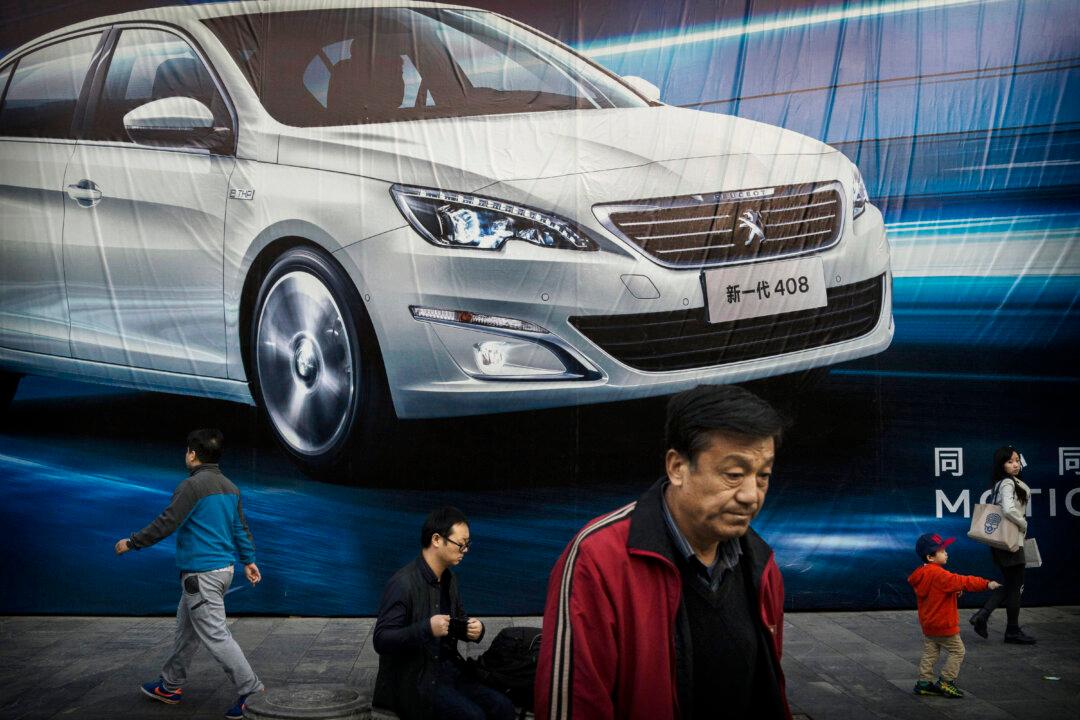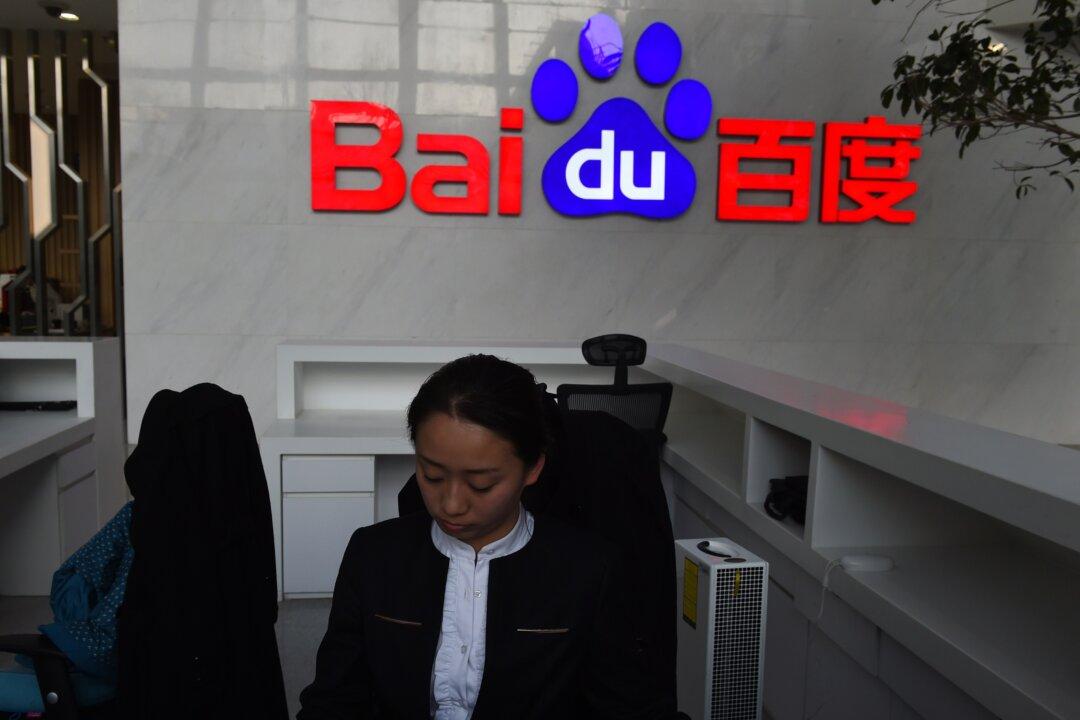After 35 years of rapid economic growth, China’s economy has significantly decelerated in the past couple of years. What used to be double-digit growth has dropped to between 6 to 7 percent, a nearly 50 percent reduction. Many people point to China’s weak internal consumption. However, the real problem is the rigid wealth distribution system.
Ailing Consumption
Investment, consumption, and exports have long been the troika of China’s economic growth. However, despite the fact that consumption has somewhat increased in the past couple of years, investment and exports have accounted for larger shares during the past twenty plus years before 2011, while consumption was relatively weak. Especially in the 10 years after 2000, consumption as a share of GDP, continued to decline from 46 percent in 2000 to 34 percent in 2010.

